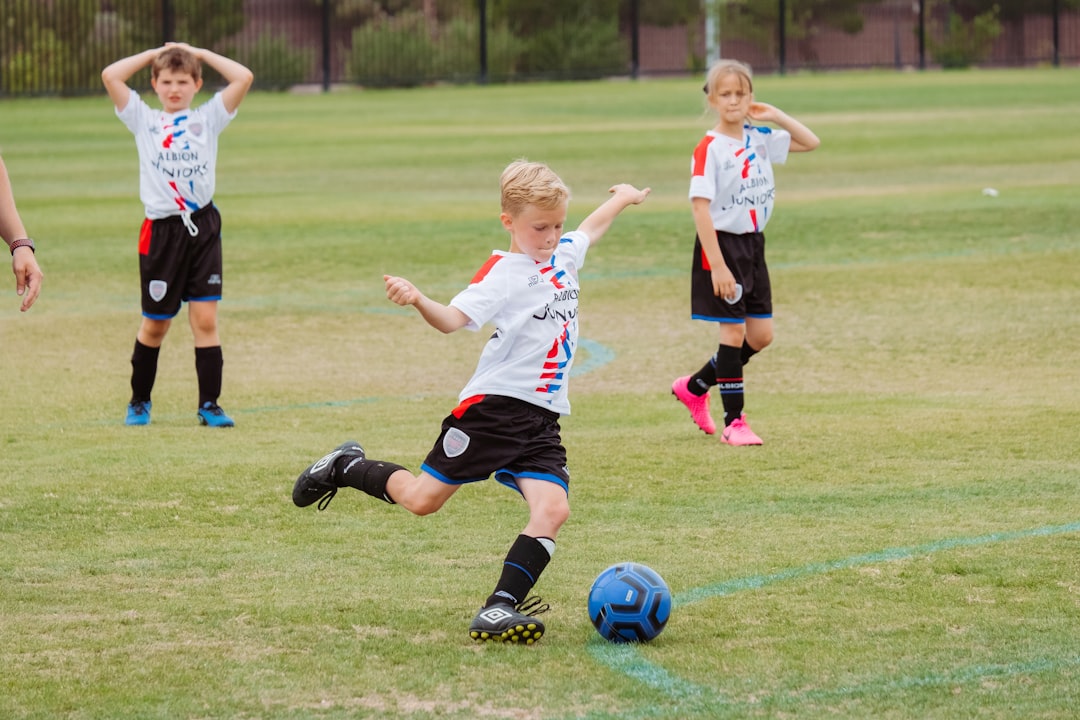Is physical education part of the new curriculum & how?
‘What hurts today makes you stronger tomorrow.’— Jay Cutler, pro bodybuilder, and four-time Mr. Olympia
The history of physical education reflects its origins in ancient Greece, in 386 B.C. Physical education began in ancient Greece. Plato helped to spread awareness of physical fitness through education. They explored how important it is to explore one’s fitness levels by understanding your body. This led to the progression of Greek society.
Importance of physical education in NEP 2020
As part of the National Education Policy (NEP) 2020 implementation, physical education will soon be enhanced in its approach and be made a part of the school curriculum.
The holistic approach to sports-integration
The key principles of the NEP are multidisciplinary and holistic education. This is inclusive. Along with other subjects, the curriculum makes physical activities like games, sports, and fitness mandatory for all age groups.
At the school level, the NEP proposes sports integration into pedagogical practices, to increase the students’ cognitive abilities, while simultaneously promoting their physical and psychological well-being. Physical education, with its integrated curriculum, will make the young kids fit for the future, and this can help them invariably adopt fitness as a lifelong attitude.
This fitness initiative can help them develop skills like collaboration, self-initiative, teamwork, and responsibility. Higher education institutions are also given provisions to provide a multidisciplinary and stimulating environment. Credits will be given for such subjects in undergraduate programs.
The NEP has designed the curriculum based on increased flexibility and choice of subjects, helping students to choose physical education as part of the curriculum. The NEP further encourages the formation of clubs, including for sports, yoga, and health and well-being, at the levels of schools, school complexes, districts, and beyond
Health benefits of physical education
Regular physical activity can improve cardiorespiratory fitness, build strong bones and muscles, control weight, reduce symptoms of anxiety and depression, reduce the risk of developing health conditions, and promote general health and mental health.
The need and importance of physical education for every section of people in modern society can be understood from the points given below.
• Optimum development of child’s physical growth
• Intellectual development
• Emotional development
• Social development
• Personal development
• Character building
• Physical fitness
• Development as a disciplined citizen of the country
• Neuromuscular development
• Cultural development
• Developing leadership qualities
• Healthy and safe environment
• Development of national integration
• Better international understanding
Differences and similarities between Physical Education and Sports
Physical education aims at developing and learning fundamental key skills like walking, running, and catching. Jumping to keep one fit.
Sport is a more intense form of exercise, which is played at a competitive level, where pressure and demand are at a higher level.
Sport has more stringent rules (more regulated)–recreation has its own time and space, with rules wanted by the participants. Sport is time-consuming and a commitment.–recreation can be as short or as long as it’s needed–usually it has no commitment except to the present activity.
At NCFE, we make sure physical education is given prime importance considering NCERT guidelines along with academics, making the class hours more interesting and enriching. We all know human life is characterized by movement. The movement starts from the birth of a child, till the end of life. Let’s keep moving!




